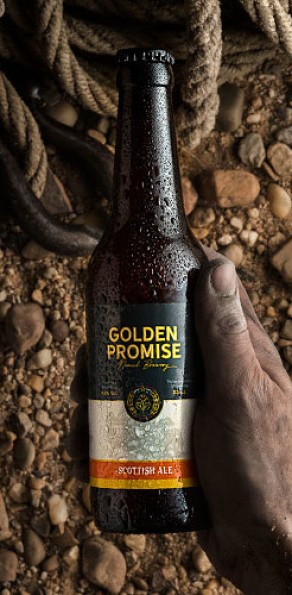

Don’t be afraid to use a little beer as some braising liquid or incorporated with chili or even as a marinade. It also pairs well with barbecue, wings, braised dishes, and chili. Food PairingĮnglish porters pair wonderfully with smoked, roasted or grilled meats. Hop character is subtle if at all noticeable. Too much of the black malt will lead to a burnt, acrid character that is off-putting. Roast, chocolate, toast, and caramel can be pretty complex but should not overtake the flavor of the malt.Ī heavy hand with the black malt must be avoided when deciding on the recipe. The malt character is the main attraction. The flavor of this beer will match the nose on it. The mouthfeel is light to medium and not nearly as heavy as a Baltic or Robust porter. It may have some grainy, bready, and caramel notes as well. Mild roast character with some very low chocolate notes. Style Profile for English Porter AppearanceĪn English porter is brown in color with hints of mahogany when hitting the light just right. The porter was and still is a solid beer style enjoyed by many beer drinkers. This working class included porters, who hauled goods around the busy city. No matter the style’s origin, porters were enjoyed by the London working class. With competition forming heavily from brewers of pale ales, this new style grew quickly in this now growing city. Yet another possible genesis of this incredible style was the improvement of what was known in London as brown ales. Finally, the third beer would be what was considered a “small” beer. The first batch would be a strong beer, then a second beer would have less available sugars, but enough to make an average strengthened beer. Many early brewers would use one grain bill to create three different strength beers. There are some stories out there that say the “three-threads” story could also refer to the combining of the three waters during brewing. It is said that he crafted a blend of beers known as “three-threads.” This was a beer blended from equal parts of mild (or young) brown ale, stale (or aged) brown ale, and twopenny (or pale ale). There has been a common belief that Porter was first introduced by a brewer by the name of Ralph Harwood. Porters have been around since the early to mid 1700s.


 0 kommentar(er)
0 kommentar(er)
